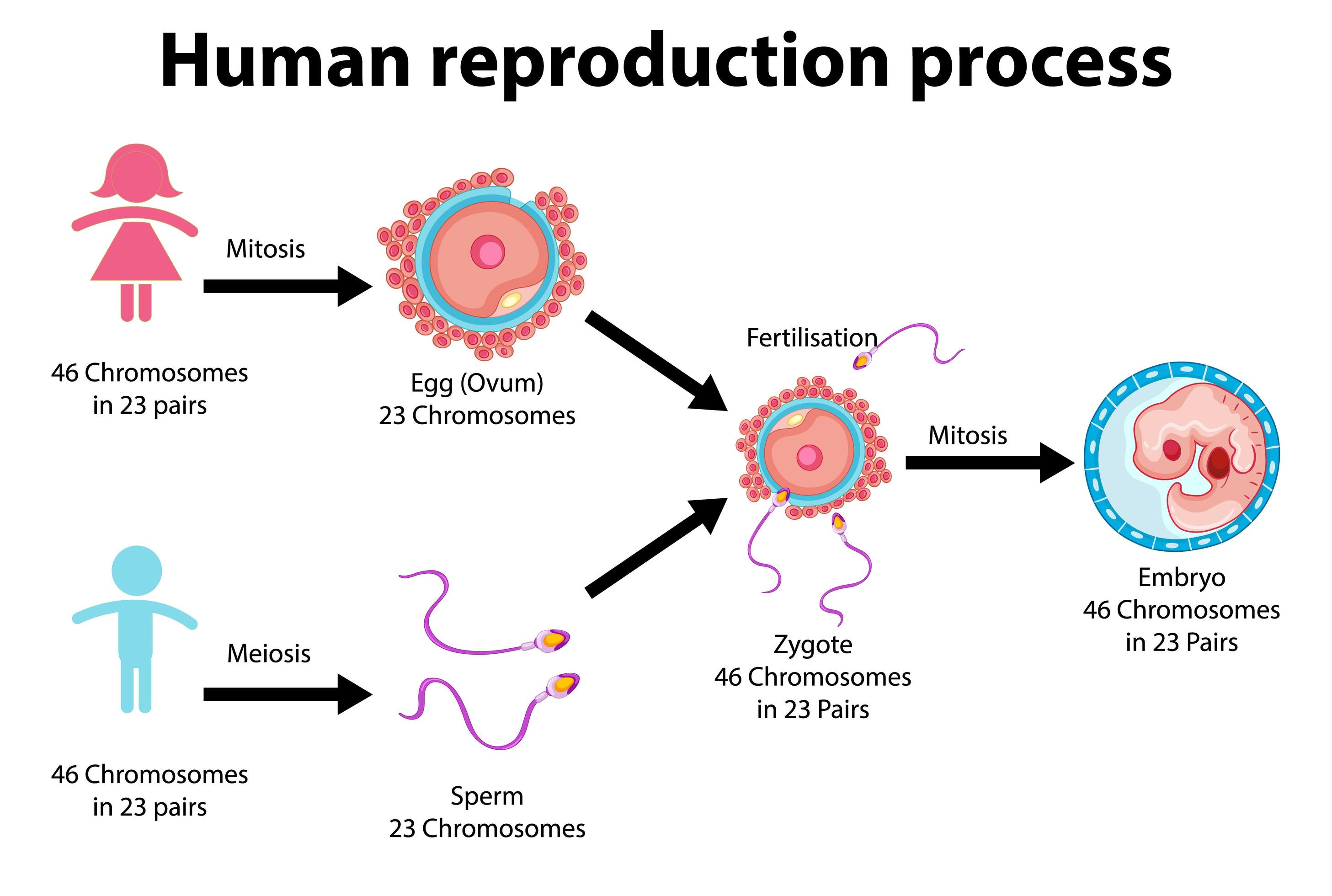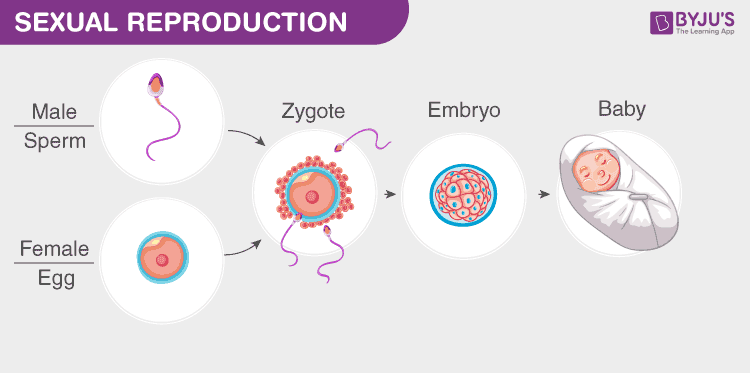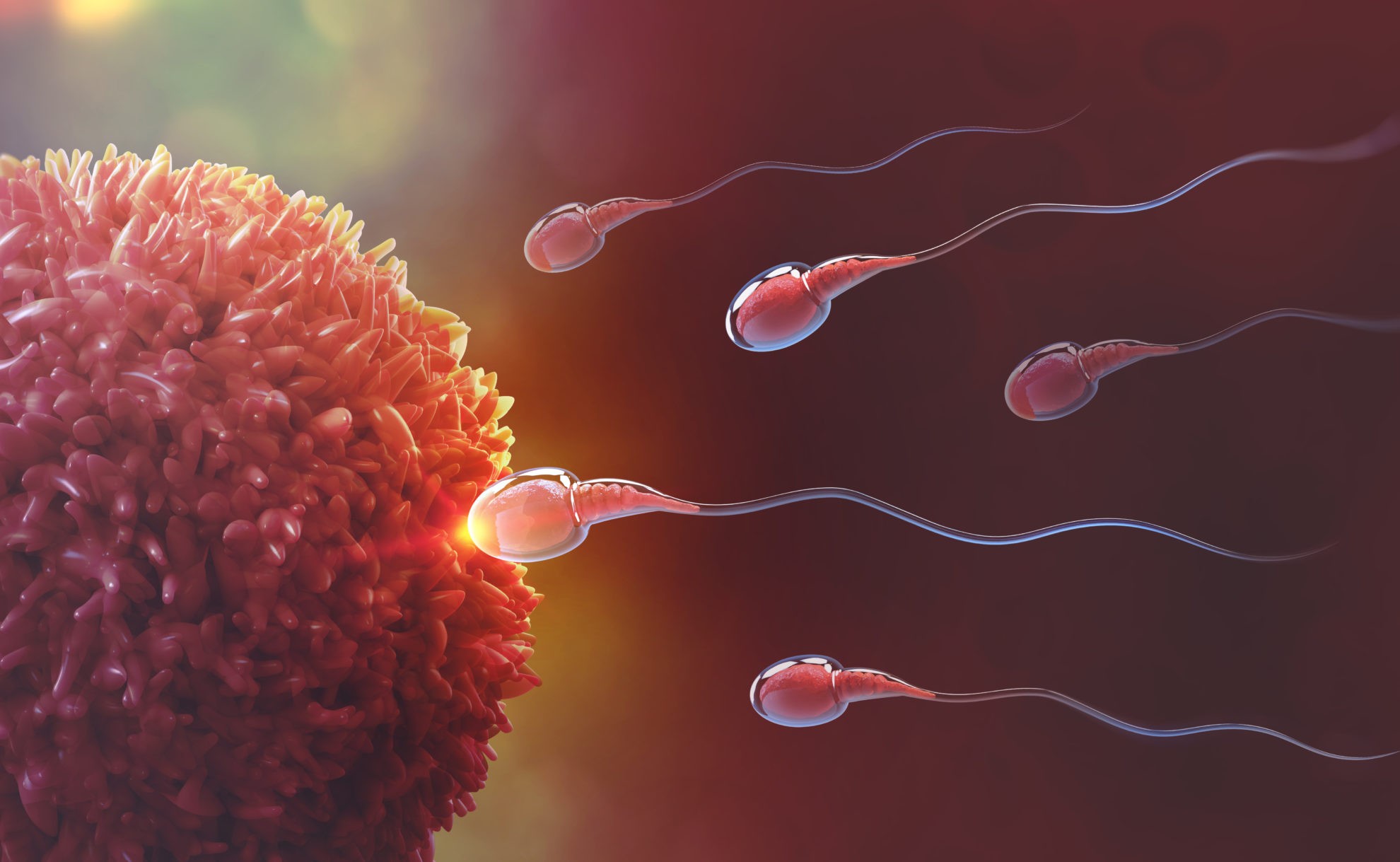Have you ever stopped to think about how everything around us, every living thing, keeps on going? It’s a pretty amazing thought, actually, when you consider that from the smallest speck of life to the biggest creatures, there's this incredible process happening that ensures more life comes into being. This idea, which we might call the "reproduction of found" elements of life, is really about how living things manage to make more of themselves, creating new versions that are, in a way, like the originals. It’s a fundamental part of what makes our world so full of different living beings, and it’s happening all the time, right around us, often without us even noticing the sheer wonder of it all.
This whole idea of making a new version, a sort of copy or a likeness, is very central to how biology works. It’s not just about simple duplication, but about passing on what makes something what it is, ensuring that the traits and characteristics carry forward. You know, it's kind of like when you see a child and they have some features that remind you of their parents; that’s a very simple way of looking at this grand process. It’s about creating something new that still holds a very strong connection to where it came from, preserving what was "found" in the first place.
So, when we talk about the "reproduction of found," we're really touching upon the core mechanism that allows life to continue, generation after generation. It’s the reason why there are still trees, and birds, and fish, and people, and all the countless other living things on this planet. This process, in some respects, is one of the most vital things that happens in the natural world, allowing for the continuous flow of existence. It’s a pretty big deal, honestly, for every single living thing.
Table of Contents
- What Does "Reproduction of Found" Really Mean?
- The Fundamental Act - Reproduction of Found
- Why is "Reproduction of Found" So Important?
- The Core Idea - "Reproduction of Found" in Living Things
- How Does "Reproduction of Found" Happen?
- The Parent Cells and "Reproduction of Found"
- Are There Different Kinds of "Reproduction of Found"?
- Similarities in "Reproduction of Found" Across Life
What Does "Reproduction of Found" Really Mean?
When we hear the word "reproduction," it might sound a bit formal, but it basically boils down to one simple idea: making more of something. It’s the way living beings, whether they are tiny little organisms you can barely see or large creatures roaming the earth, create new versions of themselves. This process is, in a way, about replicating what's already there, ensuring that the characteristics and features of the original are carried forward. It’s like taking a blueprint and building another structure that looks very much like the first one, though perhaps with its own little unique touches. This is how the "reproduction of found" elements of life continues.
The concept of "making a copy" or creating a "likeness" is pretty central here. It's not always an exact duplicate, you know, but rather something that shares a great deal of similarity with its source. Think about a tree dropping a seed; that seed grows into another tree that is very much like the parent tree, but perhaps not absolutely identical. This is, in some respects, the heart of what we’re discussing. It’s about creating something new that clearly came from something older, carrying on the basic design. So, the "reproduction of found" is about this incredible continuation, allowing life to persist.
The Fundamental Act - Reproduction of Found
At its very core, the meaning of reproduction is simply the act or the process of reproducing. It's the action that brings new life into existence from existing life. This is, basically, how all living things, from the smallest plants to the largest animals, manage to produce their young ones. It’s a series of steps, a kind of natural procedure, that results in new individuals. This procedure is, in a way, what keeps the circle of life spinning, ensuring that populations of different species continue to thrive and exist. It’s a very natural and fundamental occurrence that shapes our biological world, ensuring the "reproduction of found" characteristics.
This process, where plants and animals give rise to offspring, is truly one of the most basic things about life. It’s not just about adding numbers, but about passing on the essence of what that living thing is. The fundamental parts of this process involve the creation of new individuals that are, more or less, a continuation of the parent or parents. It’s a pretty amazing system that has been working for millions of years, allowing life to adapt and fill every corner of our planet. So, the "reproduction of found" is truly about the ongoing story of life itself.
Why is "Reproduction of Found" So Important?
If you think about the vast field of biology, the study of life itself, you’ll quickly realize that reproduction is one of the most important ideas within it. It's not just a side note; it's absolutely central to how life works and how it keeps going. Without this process, life as we know it would simply stop. There would be no new generations, and eventually, every living thing would just disappear. So, it's pretty clear that this ability to make more of oneself is, in some respects, the very bedrock of all living systems. This makes the "reproduction of found" elements of life incredibly significant.
The reason this process is so important is that it enables and truly ensures the continuity of life. It’s the mechanism that guarantees that there will always be more of a certain type of plant or animal, or even a tiny microbe. It’s how species survive over long periods, adapting and persisting through changing conditions. Imagine if a species couldn't reproduce; it would simply die out after one generation. So, the "reproduction of found" is not just about making copies; it's about making sure that the story of life, in all its varied forms, continues to be written, chapter after chapter, for all time.
The Core Idea - "Reproduction of Found" in Living Things
Reproduction is, at its heart, a biological happening where an organism produces offspring, or young ones. These new individuals are, basically, biologically similar to the organism that produced them. This similarity is what ensures that a cat produces a kitten, not a puppy, and a sunflower seed grows into a sunflower, not a rose. It’s this consistent resemblance that allows us to classify and understand the different types of life on Earth. So, the "reproduction of found" characteristics are maintained across generations.
This whole idea of an organism making a new individual that is like itself is a truly amazing part of nature. It means that the fundamental makeup, the very essence of a living thing, gets passed along. This passing on of similar traits is what allows for the incredible diversity of life we see, while also keeping distinct kinds of life separate. It's a very precise, yet wonderfully varied, system that ensures the ongoing existence of every living form. So, the "reproduction of found" is about the continuation of specific life forms.
How Does "Reproduction of Found" Happen?
One fascinating aspect of reproduction is how it can happen in different ways, depending on the living thing we're talking about. Sometimes, new life can be produced from just one parent, which is a pretty straightforward process. Other times, it takes two parents to create new offspring, bringing together elements from both to form a new individual. This variety in methods is, in some respects, a testament to how adaptable and clever life can be in finding ways to continue itself. It’s a pretty neat trick, honestly, that life has developed over eons. This variety influences the "reproduction of found" characteristics.
The ways in which life on Earth creates new life is something that we call “reproduction.” It’s a very broad term that covers a lot of different natural methods. What’s really interesting is that some parts of reproduction are similar, not just in plants and animals, but in all living things, even the tiniest ones. This suggests that there are some very basic, shared principles that govern how life makes more life, regardless of how complex or simple the organism might be. So, the "reproduction of found" methods show both variety and underlying commonality.
The Parent Cells and "Reproduction of Found"
In this incredible process of reproduction, new life, the offspring, is produced from the parent cells. These cells carry all the necessary instructions and materials to begin building a new individual. It’s a bit like having a starter kit that contains everything needed to assemble something new, ensuring it ends up looking and functioning very much like the original. This transfer of cellular material is, basically, the physical means by which life passes itself on. It's a very precise operation that happens at a microscopic level, yet has huge implications for the continuation of species.
So, when living organisms give birth or reproduce their young ones, it's this cellular foundation that makes it all possible. The parent cells are the source, the starting point for the new life that will emerge. This means that the new individual is, in some respects, a direct extension of the parent, carrying forward its biological legacy. It’s a continuous thread of life, linking generations through the tiny, yet powerful, building blocks of cells. This is how the "reproduction of found" genetic information is passed on.
Are There Different Kinds of "Reproduction of Found"?
Absolutely, there are different ways living things go about making new life. Different plants and animals can reproduce either without needing a partner, which we call asexually, or by combining elements from two partners, which we call sexually. Each method has its own benefits and is suited to different life forms and environments. It’s a pretty clever system, really, that allows life to adapt and thrive in so many varied settings. This means the "reproduction of found" can take multiple forms.
For example, you’ll find that a sexual reproduction is, more often than not, something you see more among plants than animals. Think about a plant sending out a runner that grows into a new plant, or a potato sprouting new eyes; these are ways new plants can arise from just one parent. Animals, on the other hand, tend to rely more on sexual reproduction, though there are some exceptions, of course. This difference highlights the diverse strategies life employs to ensure its continuation, showing the varied ways the "reproduction of found" unfolds across the living world.
Similarities in "Reproduction of Found" Across Life
Even with all the different ways life reproduces, it's pretty remarkable how some core ideas remain constant across all living things. The fundamental purpose – to make more of itself – is shared by everything from the tiniest bacteria to the largest whales. The basic concept of creating a copy or a likeness, and ensuring the continuity of life, runs through all biological systems. It’s almost like there's a universal instruction manual for making new life, with different chapters for different kinds of organisms, but all starting with the same basic introduction. So, the "reproduction of found" principles are truly universal.
This means that while the specific steps might look different for a mushroom compared to a human, the underlying goal and some of the very basic cellular processes involved are, in some respects, quite similar. It's a powerful reminder that all life on Earth is connected by these fundamental biological happenings. The shared threads of reproduction tie us all together, showing how life, in its incredible diversity, still operates on some very common principles. This commonality is a key part of understanding the "reproduction of found" in the broadest sense.
The information in this article has explored the concept of "reproduction of found" by looking at its meaning as making copies and likenesses, its importance in ensuring life's continuity, the biological process of producing similar offspring, the involvement of one or two parents and parent cells, and the different forms of asexual and sexual reproduction, noting similarities across all life.



Detail Author:
- Name : Dr. Lempi Hamill PhD
- Username : vance.friesen
- Email : ziemann.garett@hotmail.com
- Birthdate : 1981-01-15
- Address : 370 Raven River Suite 753 Lake Gage, WA 13450-1591
- Phone : +1 (534) 715-6802
- Company : Miller LLC
- Job : Technical Program Manager
- Bio : Fuga nemo enim et vero. Perferendis ut corporis quasi quam quidem odio eum. Ut corrupti atque amet esse. Sed sunt voluptatem repellat repellat ad.
Socials
facebook:
- url : https://facebook.com/cronin2014
- username : cronin2014
- bio : Magni vitae id omnis. Sequi repellendus optio rerum incidunt dolorem.
- followers : 1748
- following : 2032
linkedin:
- url : https://linkedin.com/in/croninj
- username : croninj
- bio : Ut doloribus soluta fugit labore aliquam.
- followers : 2060
- following : 318
instagram:
- url : https://instagram.com/croninj
- username : croninj
- bio : Perspiciatis rem quae dolorem omnis non et quia. Possimus necessitatibus culpa ut nihil.
- followers : 306
- following : 2968

